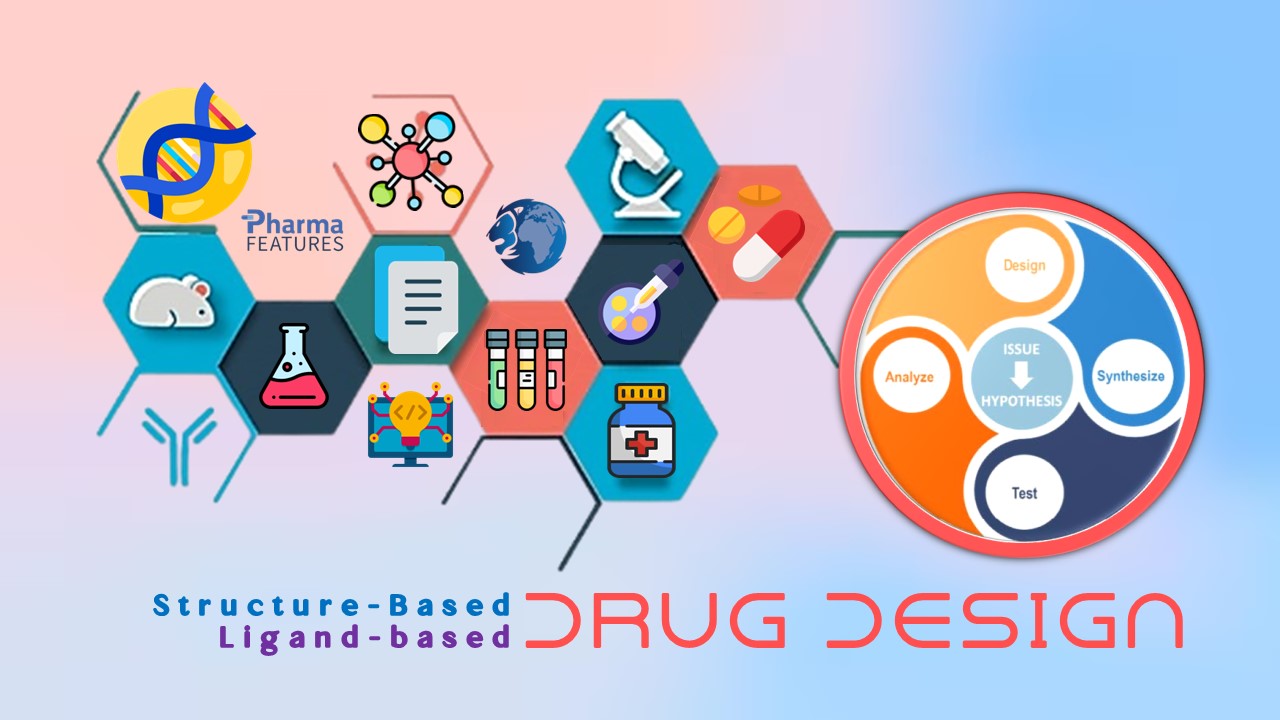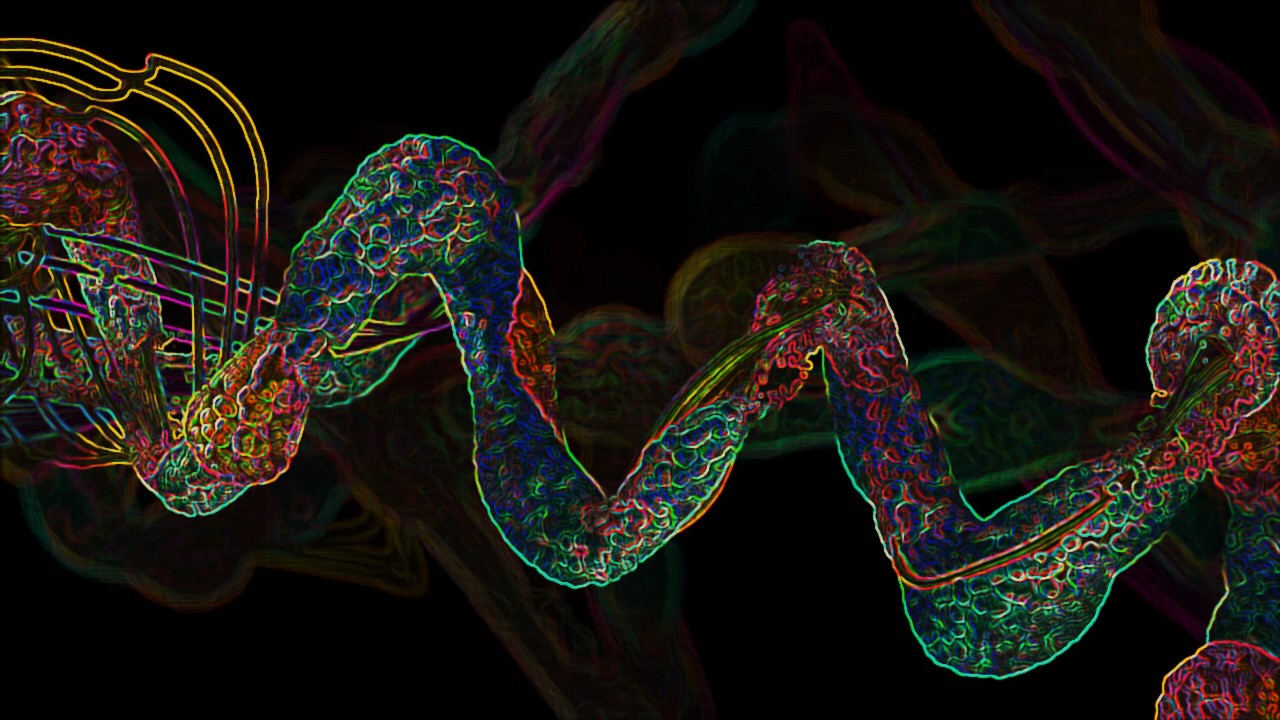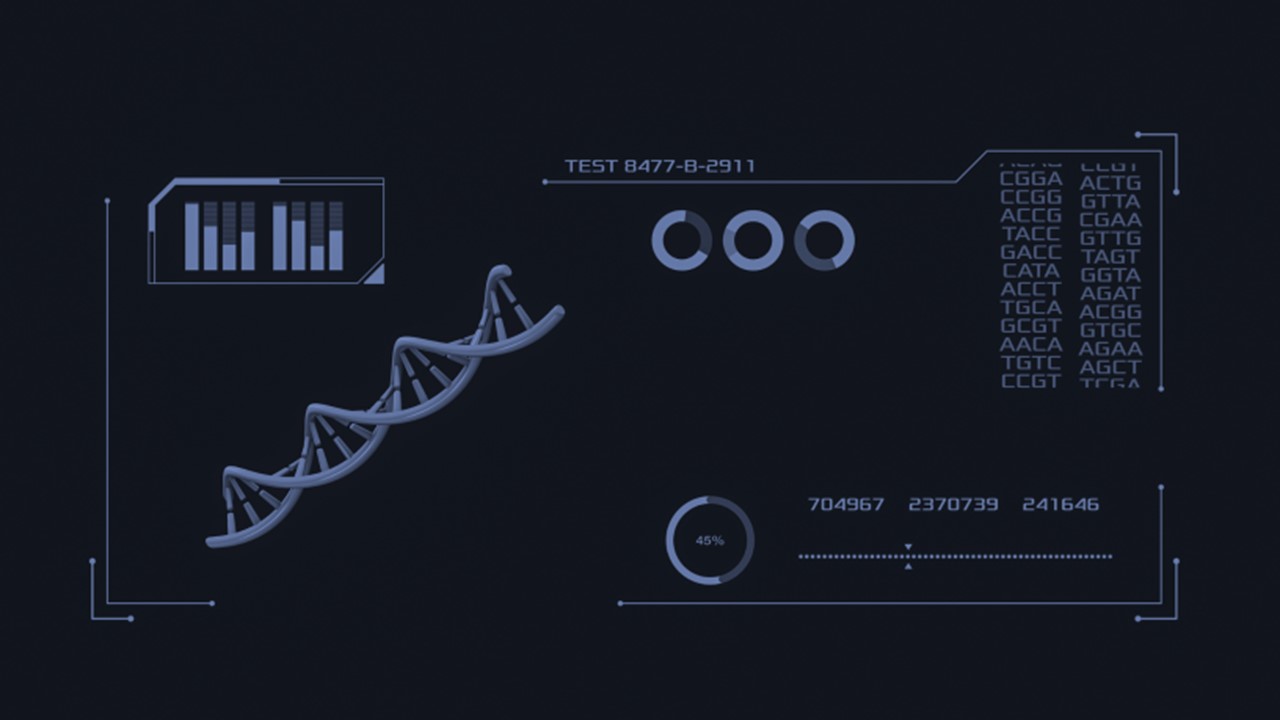The Human Genome Project (HGP) was a monumental scientific endeavor that aimed to decode the entire human genome, representing a significant milestone in the field of genetics. With the announcement of its completion in 2001, the scientific community celebrated the successful application of the Sanger sequencing method, which had been the primary technique used throughout the project. However, even as the HGP achieved its ambitious goal, researchers recognized that there was still much room for improvement in DNA sequencing technology. In this article, we delve into the fascinating world of NGS, exploring its historical roots, the different technologies under its umbrella, and the incredible potential it holds for various biological applications.
The Second DNA Sequencing Revolution
Before the groundbreaking announcement of the first human genome draft in 2001, the scientific community was already actively engaged in explorations and experiments aimed at improving the efficiency and cost-effectiveness of DNA sequencing. Nanopore sequencing, an early concept that can be traced back to 1996, stood out as a promising idea in this pursuit. Researchers conducted experiments involving α-hemolysin, a protein with a pore-like structure, which demonstrated the potential for sequencing DNA using nanopores. This early work laid the foundation for what would become the second DNA sequencing revolution.
In 2005, the scientific world witnessed the full-fledged emergence of the second revolution in DNA sequencing with the introduction of high-throughput sequencing platforms, commonly referred to as second-generation sequencing or NGS. These cutting-edge technologies marked a significant shift from the traditional Sanger sequencing method that had dominated the sequencing landscape until then.
The key characteristic that defined this revolution was the ability to sequence massive amounts of DNA in parallel, achieving an unprecedented level of throughput. This simultaneous sequencing of multiple DNA fragments drastically increased the efficiency of the sequencing process, enabling researchers to process vast amounts of genetic information in a fraction of the time it would have taken with previous methods. Furthermore, the NGS technologies offered a substantially reduced cost per base compared to Sanger sequencing, making large-scale genomic studies more accessible to researchers across the globe.
The term “second-generation sequencing” encompassed a range of technologies, including platforms from companies like 454, ABI SOLiD, Illumina, and Ion Torrent. These platforms brought about a remarkable transformation in the field of genomics, opening up new possibilities for various applications, such as whole-genome sequencing, resequencing, metagenomics, and more. Among these, the Illumina platform gained widespread popularity and was particularly prominent at the time of writing.
454: A Pioneer in NGS
The 454 Life Sciences Corporation was an early leader in the NGS revolution. By utilizing pyrosequencing, 454 offered parallel sequencing reactions in a compact space, allowing for a significant increase in throughput and speed. However, 454 faced challenges with homopolymer tract detection and artificial sequence replication during PCR, leading to its eventual decline and closure in 2013.
ABI SOLiD: Challenging the Dominance of Sanger Sequencing
Applied Biosystems (AB) responded to the 454 revolution by developing the SOLiD sequencing platform, which employed ligation-based chemistry with di-base fluorescent probes. This unique system allowed for accurate base detection, but challenges emerged in bioinformatics analysis due to the color space model used.
Illumina: High Throughput and Cost-Effective Sequencing
Solexa, later acquired by Illumina, introduced the concept of massive parallel sequencing of short reads on a solid phase using reversible terminators. The Illumina platform became immensely popular due to its high throughput, low cost, and versatility in various applications. The technology’s strengths include high data throughput, low cost, and reduced homopolymer sequencing errors. However, some drawbacks include variable base quality along the sequence and potential tile-associated errors.
Ion Torrent: Semiconductor-Based Sequencing
Thermo Fisher Scientific’s Ion Torrent platform revolutionized sequencing by detecting nucleotide incorporation through the release of H+ ions during DNA elongation. This semiconductor-based technology offered affordable and fast sequencing, but it fell behind in terms of DNA data throughput compared to Illumina.
The Emergence of Third-Generation Sequencing
As the second-generation sequencing revolution pushed the boundaries of genomic research, a new era of DNA sequencing technology began to take shape, heralding the onset of the third revolution in this field. This revolutionary phase was characterized by the emergence of third-generation sequencing technologies, which offered novel capabilities and further advancements over their predecessors. At the forefront of this transformation were companies like Pacific Biosciences and Oxford Nanopore Technologies, which introduced innovative sequencing platforms that revolutionized the way DNA was sequenced.
One of the defining features of third-generation sequencing is the ability to sequence single DNA molecules without the need to halt the process between read steps. In contrast to second-generation sequencing methods, where DNA fragments were amplified and sequenced in parallel, third-generation sequencing technologies allowed for the direct sequencing of individual DNA molecules. This approach eliminated the need for PCR amplification and the associated biases, making it possible to access longer, continuous stretches of DNA with higher accuracy and fewer artifacts.
The third-generation sequencing technologies fall into three primary categories, each offering unique approaches to sequencing DNA. The first category is sequencing by synthesis (SBS), a method that relies on real-time base detection during DNA synthesis. Platforms like Pacific Biosciences’ PacBio utilize this approach, where fluorescently labeled nucleotides are incorporated into the growing DNA strand, and the incorporation is detected in real-time. This allows researchers to observe the DNA synthesis process as it happens and obtain long reads of DNA sequences, enabling the sequencing of larger and more complex genomes with greater accuracy.
The second category of third-generation sequencing technologies is nanopore sequencing, as pioneered by Oxford Nanopore Technologies. This approach involves threading DNA strands through nanopores, which are tiny holes in a membrane. As the DNA moves through the nanopore, disruptions in electrical current occur, allowing for the identification of individual nucleotides. This real-time, label-free detection of DNA bases offers the potential for rapid, portable sequencing, making it suitable for various applications, including fieldwork and point-of-care diagnostics.
The third category is direct imaging of DNA molecules using advanced microscopy techniques. Although the reference mentions Halcyon Molecular, a now-defunct company, other entities may explore similar approaches. This technology employs cutting-edge microscopy to directly visualize and analyze individual DNA molecules, offering a high-resolution view of DNA sequences and potential insights into structural variations and epigenetic modifications.
Pacific Biosciences: Real-Time Observation of DNA Synthesis
Pacific Biosciences introduced a groundbreaking technology that allowed real-time observation of DNA synthesis through phospholinked nucleotides and zero-mode waveguides (ZMWs). With long read lengths and the ability to detect epigenetic modifications, PacBio became a valuable tool for certain genomic studies, although it faced challenges with low throughput, higher cost, and higher error rates.
Oxford Nanopore Technologies: Democratizing Sequencing
Oxford Nanopore Technologies entered the field with MinION, a portable and affordable sequencer that employed nanopore sensing for real-time sequencing. This technology found application in diverse areas, including real-time genomic surveillance and DNA sequencing in space. While disruptive and promising, the technology currently faces higher error rates and requires further refinement.
Informatics Challenges: Unleasing the Power of NGS Data
The advent of Next Generation Sequencing (NGS) technologies has brought about a seismic shift in the field of genetics and genomics, propelling it into a new era of discovery and understanding. These revolutionary technologies have enabled the rapid generation of vast amounts of sequenced data, unlocking the secrets of the genetic code and its pivotal role in all aspects of life. From the earliest developments in nanopore sequencing, which showed promise as early as 1996, to the subsequent emergence of high-throughput second-generation sequencing platforms in 2005, NGS has laid the foundation for groundbreaking research, medical advancements, and beyond.
However, the unprecedented volume of sequenced data also presents a significant challenge—how to effectively analyze and interpret this wealth of genomic information. This is where skilled bioinformaticians step in as indispensable guides through the sea of data. Their expertise is essential in navigating the intricate process of transforming raw sequence output into meaningful insights, uncovering valuable patterns, and establishing correlations for a wide range of biological applications.
These bioinformatics experts play a pivotal role in every step of the data analysis journey. They possess the skills to convert the diverse output generated by different sequencing platforms into standardized FASTQ formats, which serve as the foundation for subsequent analysis. Quality checks and preprocessing steps are carefully executed to ensure that only reliable data is used for downstream analysis.
In alignment and mapping processes, bioinformaticians skillfully align the sequenced reads to reference genomes or de novo assemblies. This critical step helps researchers understand the genetic variations and structural changes present in the DNA of interest. As NGS technologies have become more powerful, they have also revealed the complex landscape of genomic variation and structural rearrangements, necessitating the expertise of bioinformaticians to tease out these complexities.
Furthermore, bioinformaticians are instrumental in variant calling, where they identify single nucleotide polymorphisms (SNPs), insertions, deletions, and other genetic variations. These variants are of immense importance in unraveling the genetic basis of diseases, individual traits, and evolutionary processes.
The role of bioinformaticians extends beyond the realm of variant identification. They are also integral in functional annotation, deciphering the potential impacts of identified genetic variants on biological processes and pathways. These annotations help researchers understand the functional consequences of genetic variations and their potential links to various phenotypes and diseases.
Moreover, bioinformaticians contribute significantly to the burgeoning field of epigenetics, where they analyze data related to DNA methylation, histone modifications, and chromatin accessibility. These epigenetic modifications play a critical role in gene regulation and have implications for diverse biological processes, including development, disease susceptibility, and aging.
In summary, the vast quantities of genomic data generated by Next Generation Sequencing technologies have redefined our understanding of genetics and genomics. The journey from raw sequence output to meaningful biological insights is a complex one, requiring the expertise of skilled bioinformaticians. Their ability to navigate the data deluge, decipher patterns, and reveal correlations is paramount to advancing genomics research and its applications in medicine, agriculture, and other fields. As the genomic odyssey continues, the role of bioinformaticians as essential companions in this expedition becomes even more pronounced, unlocking the vast genetic landscapes that hold the secrets of life.
Engr. Dex Marco Tiu Guibelondo, BS Pharm, RPh, BS CpE
Editor-in-Chief, PharmaFEATURES

Subscribe
to get our
LATEST NEWS
Related Posts

Bioinformatics & Multiomics
Harnessing Computational Ingenuity for Tomorrow’s Therapeutics
Leverage computational power to navigate modern drug design.

Bioinformatics & Multiomics
Exploring Cutting-Edge Techniques in Protein Target Identification
From genetic screens in model organisms to chemical proteomics in mammalian systems, each approach offers unique insights into the complex landscape of drug-target interactions.
Read More Articles
Synthetic Chemistry’s Potential in Deciphering Antimicrobial Peptides
The saga of antimicrobial peptides unfolds as a testament to scientific ingenuity and therapeutic resilience.












